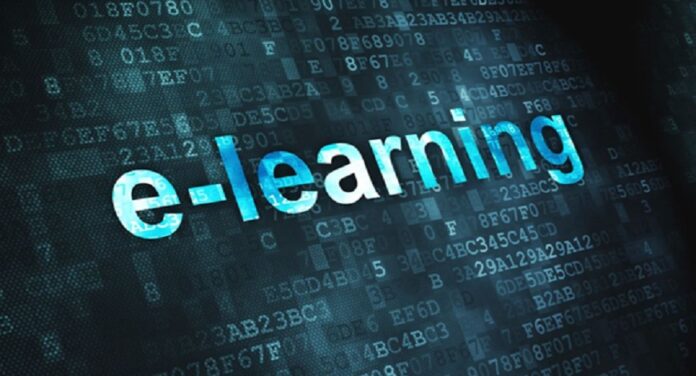eLearning has revolutionized education in both educational institutions and businesses, allowing students and employees to study at their own time in a comfortable atmosphere. When it comes to the transmission of learning materials in the future of education, it’s apparent that eLearning will play a significant role.
When it comes to formal education, 78 percent agree that online learning will increase access to high-quality education. In the corporate world, firms predict that virtual learning will account for at least 40% of future learning structures, with others predicting that it would account for as much as 90%.
There’s no denying that eLearning is becoming more popular to facilitate education in various settings. But how is eLearning going teLearning o dictate the future of education?
eLearning offers a variety of innovative forms to help employees and students learn in a more dynamic way. Here are six examples of how eLearning is impacting the future of education.
1. Online schooling
Virtual courses have gotten easier because of developments in online video conference software. Students and employees can enter the virtual conference room and join in live-stream lessons led by an instructor. This has shown to be a very successful method of delivering remote learning. During the pandemic, 23% of students followed lessons via live stream. 67 percent of parents reported they were happy with the results of this learning method.
In fact, 43% of parents believe that this type of remote learning prepares their child for the following grade. 79 percent of individuals believe that college students will attend classes online in the future, while 70 percent believe that primary and high school children would be educated virtually.
2. Self-directed education
Traditionally, both schools and businesses have established the instructional schedule, dictating what and when students would study. More than 35% of employees, on the other hand, demand self-directed and autonomous learning opportunities, and 74% want to study at work in their leisure time. Furthermore, 83 percent of Americans believe that, especially for older children, school instruction will begin to embrace a more self-service approach.
As a result, 35% of Learning and Development professionals are focused on adopting online learning solutions to create self-directed learning experiences for workers. Schools will almost certainly follow suit, implementing Learning Management Systems (LMS) that allow students to access learning materials online at their own convenience.
Learners can then educate themselves on the areas that they are most interested in or need to work on at their own speed.
3. Personalized learning experiences
Students are fed up with sitting in classrooms learning material they already know. Personalized learning experiences are now more possible than ever, thanks to advances in Artificial Intelligence (AI) and machine learning. Training systems may now provide more customized suggestions for each student based on data acquired from learning platforms.
This is a positive step forward that encourages employees to study in the workplace. Indeed, 79 percent of students stated they would utilize tailored course recommendations based on their professional objectives and skill gaps. This is why 49% of Learning and Development experts believe that employing AI/machine learning to enable more precise personalization will greatly influence the next few years.
4. Learning on the go
In-person education necessitates that students be present in the classroom with the teacher at the time of the class. eLearning provides a more flexible approach, allowing learners to access learning resources whenever they choose, making learning on the go more convenient. This is why 42 percent of Learning and Development experts promote online learning’s flexibility.
Employees prefer to access learning modules on the go. Learners can delve into instructional information using mobile apps and digital hubs that can be accessed from anywhere, at any time, with online learning experiences.
5. One-on-one tutoring
One-on-one tutoring is, without a doubt, one of the most successful educational methods since the teacher’s whole attention is focused on the pupil. During the pandemic, parents who had their children use online one-to-one tutoring was the happiest with this mode of learning. Furthermore, 14% of parents want to pay for one-on-one online tutoring to augment their child’s education in the future.
For example, companies are engaging online English teachers to educate staff on how to speak better English to facilitate international negotiations.
6. Exchanging instructional resources
79 percent of pupils used digital learning resources given by their schools online during the pandemic. Thanks to cutting-edge LMS systems it’s now simpler than ever for instructors to.
Additionally, some technologies allow students to share resources among themselves.
Take Preply, for instance. It allows students to easily exchange lecture notes, study tools, and homework with other students at school and college. To pick the materials that suit your learning needs, you can search by subject, school, category, and language on the learning platform.
eLearning provides students and employees worldwide with a flexible learning experience that is easily accessible. eLearning is evolving from static digital learning resources to tailored, interactive training experiences. Workers and learners can now take advantage of additional three-dimensional learning opportunities through online learning.


